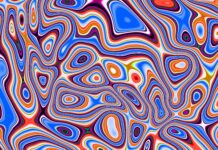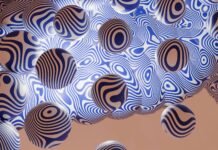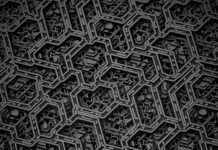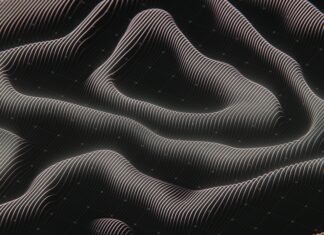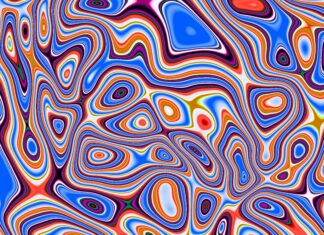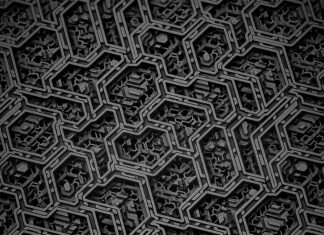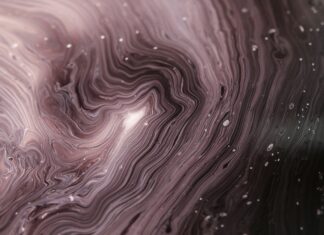In the rapidly evolving landscape of the fashion industry, how AI will change the Fashion shows is a topic of increasing interest and impact. As the boundaries between technology and fashion continue to blur, it’s becoming clear that how AI will change the Fashion shows is not just a theoretical concept, but a tangible reality influencing creativity, logistics, and global audience engagement. From AI-powered models and predictive analytics to immersive digital runways and personalized audience experiences, how AI will change the Fashion shows represents a radical transformation of the very foundations upon which fashion events have traditionally been built.
This comprehensive article explores ten critical changes that artificial intelligence is bringing to the fashion show ecosystem—from design and planning to execution and post-event engagement.
1. AI-Powered Runway Model Selection
One of the earliest and most noticeable shifts brought on by AI in fashion shows is the use of algorithms to select models based on data-driven insights. Instead of relying solely on casting directors’ preferences, fashion brands now use AI to analyze social media engagement, audience preferences, and facial symmetry to select models who best align with the collection’s theme or brand identity.
This means a more diverse and inclusive model lineup, increased audience relatability, and optimized public response.
2. Virtual Fashion Shows and Digital Twins
The global pandemic accelerated the use of virtual runways, but with AI, these shows are reaching new levels of sophistication. Brands like Balenciaga and Gucci have introduced AI-generated digital twins of models and garments, allowing them to present collections entirely online while maintaining high levels of interactivity and realism.
This not only reduces logistical costs but also enables global accessibility and sustainability, paving the way for permanent hybrid or fully virtual fashion events.
3. Predictive Trend Analysis for Collections
AI’s ability to analyze vast quantities of social media data, historical fashion trends, and even weather forecasts enables designers to tailor their collections more precisely. Before a single stitch is sewn, AI tools provide predictive insights into what styles, colors, and fabrics are likely to resonate with upcoming fashion show audiences.
This insight ensures that collections are not only aesthetically on-point but also commercially viable, reducing waste and boosting ROI.
4. Real-Time Audience Engagement and Feedback
With the integration of AI-driven chatbots, facial emotion recognition, and sentiment analysis tools, brands can gauge audience reactions in real-time during fashion shows. Whether it’s in-person or streamed online, AI tools provide insights on which looks generated the most excitement or which segments of the show fell flat.
This immediate feedback allows designers and marketers to adjust post-show messaging and even inform future design cycles.
5. Hyper-Personalized Invitations and Seating
Gone are the days of static guest lists and random seat assignments. Using AI, fashion houses can tailor invitations and seating arrangements based on a guest’s past interactions, social influence, purchasing behavior, and network proximity to other attendees. For example, seating an influencer next to a high-spend client could create synergistic branding opportunities.
This level of personalization enhances the overall experience, boosts brand loyalty, and encourages meaningful engagement.
6. Automated Styling and Look Assembly
Some fashion designers now use AI not just to plan shows but to co-create looks. Tools like IBM’s Watson or Google’s AI design assistants can analyze historical style data and current trends to suggest innovative pairings and garment combinations.
This helps stylists assemble cohesive, trend-forward looks faster and with higher precision, ensuring that each runway ensemble tells a coherent story.
7. Enhanced Sustainability and Resource Optimization
AI is increasingly being used to track and minimize the environmental impact of fashion shows. From optimizing lighting and energy consumption to reducing fabric waste and planning efficient transport logistics, AI tools help make runway events more sustainable.
Some tools also predict demand more accurately, enabling designers to produce limited-edition items only when pre-orders or engagement data supports it—reducing overproduction.
8. AI-Enhanced Visual Effects and Immersive Experiences
Fashion shows are becoming theatrical experiences thanks to AI. By incorporating real-time data feeds, generative design, and augmented reality (AR), AI creates dynamic backdrops, lighting changes, and effects that adapt in sync with each model’s walk or each outfit’s vibe.
Brands like Dior and Prada have already integrated AI-driven visuals to wow their audiences and offer unforgettable sensory experiences.
9. Smart Wearables and Live Data Streaming
Another revolutionary integration is AI-enabled wearables that collect real-time biometric data from models on the runway. This includes posture correction, heart rate analysis, or even how a fabric interacts with the skin.
This information is streamed to designers, medical teams (for endurance and safety), and sometimes even live to the audience, offering a new layer of transparency and tech-savvy intrigue.
10. Post-Show Analytics and Global Reach Optimization
Once the show ends, the real AI magic begins. Machine learning models analyze post-show metrics including social media reach, influencer impact, press coverage, engagement spikes, and even purchase conversion rates. Brands use this data to fine-tune their PR strategies, assess ROI, and determine which styles should move forward to mass production.
AI also segments audiences by demographics, allowing brands to customize follow-up messaging and product offerings to diverse geographic and psychographic markets.
Final Thoughts
The transformation of fashion shows through AI is not a futuristic idea—it’s happening now. From concept to execution and post-event analytics, how AI will change the Fashion shows is evident at every touchpoint. Brands that embrace this revolution will not only gain a competitive edge but also resonate with the tech-savvy, conscious, and diverse global audience of tomorrow. As we’ve explored, how AI will change the Fashion shows spans creativity, efficiency, inclusivity, and sustainability—tenets that define the future of fashion itself.






